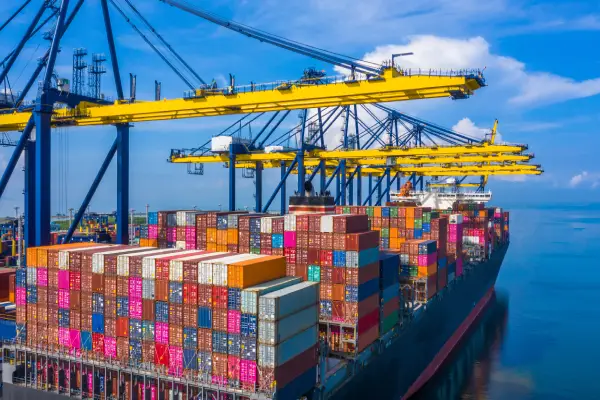
The world of shipping containers may seem straightforward, but selecting the right fit for your business can be challenging. Should you invest in brand new containers, or could used ones offer just as much value? If you do, how will you even track your investments? Here’s a guide to help you determine the best choice for your business needs.
Cost Considerations
Before seeking reliable providers similar to Royal Wolf NZ, evaluating the cost differences between new and used shipping containers is essential. Fresh off from the production line, new containers are pristine and free from wear and tear. Although they require a heftier initial investment, their extended lifespan might offset this initial cost over time.
In contrast, used containers can be purchased at a much lower price. Due to their previous use, they may show signs of wear, like dents and dings. For those budget-conscious, used containers become a compelling choice. But it’s crucial to assess more than just the initial expense.
Durability And Lifespan
While cost is a vital consideration, especially when you’re setting up your home office or learning how to start a shipping business, durability is paramount for those seeking a long-term investment. New containers promise a potentially extended lifespan due to their pristine condition, offering businesses more years of service.
Used containers have had their share of experiences. Though they may still hold up well, they’ve undoubtedly encountered stress from previous use, potentially reducing their lifespan compared to their newer counterparts. Therefore, for businesses targeting longevity, new containers might seem like the superior choice.
However, it’s worth mentioning that well-maintained used containers can still be dependable. Although the lower costs associated with used containers can be enticing, it’s essential to understand the broader implications beyond the initial price investment.
Customization Possibilities
Sometimes, your business might have specific needs, and customization can be the answer to your building a startup that will last. New containers are like a blank canvas, providing limitless customization options. You can brand them, modify them, and make them truly yours.
Compared to new containers, used ones might have limitations based on previous modifications or wear. Nevertheless, they can still meet your requirements with some creativity. While new containers provide more versatility, it’s crucial not to rule out the potential of used ones.
Environmental Impact
In today’s ecologically aware era, the environmental impact of your choices holds significant weight. Producing new containers requires extensive resources. Even if they are more efficient in design, the ecological footprint of their production is notable.
Opting for used containers means repurposing existing ones, which can be seen as a form of recycling. By choosing them, you’re giving them a second life and actively reducing waste. For businesses or individuals with a strong inclination towards sustainability and eco-friendliness, used containers stand out as the greener option. You just need to be aware on how to improve that area of the business.
Availability And Time
When considering the immediacy of your needs, availability and time become crucial factors. Depending on the manufacturer and market demand, new containers might involve a waiting period.
If there’s a surge in their demand or production hiccups occur, you might find yourself on a waiting list. This could mean a significant lead time before you receive your container.
On the flip side, used containers typically offer the advantage of quick accessibility. They’re generally on hand for immediate purchase and use, eliminating production or waiting times. In situations where you need a container swiftly, used ones can provide a valuable time-saving option.
Inspect Before You Invest
It’s vital to remember that photographs and descriptions can sometimes be misleading or not wholly representative of a product’s condition. Before buying a shipping container, always conduct a thorough inspection. Also, it is pivotal to clearly understand shipping container costs.
Whether you’re considering a new or used container, an in-person examination can reveal subtle issues or imperfections that might otherwise go unnoticed. Taking this extra step ensures that your investment is sound and that you won’t encounter unforeseen complications down the road.
Making The Right Choice
Navigating the world of shipping containers can be tricky. It’s not just about cost; it’s about value. New containers come with their perks, offering longevity and limitless customization. However, a higher initial investment might be offset by their extended lifespan and potential resale value.
On the contrary, used containers shine in their affordability, availability, and eco-friendly nature. They can also offer a touch of character and history that new containers can’t replicate. Assess your business needs, budget, and priorities.
Ponder over aspects like the intended use, the container’s frequency of movement, and how long you plan to keep container or whether you can sell it on the competitive market. Also, don’t forget to factor in potential maintenance expenses for used units and the costs of moving shipping containers to your preferred location.
Conclusion
Deciding between new and used shipping containers involves juggling several factors. By evaluating the advantages and drawbacks relative to your business specifications, you’ll find the perfect fit. Whatever decision you make, let it be one that propels your business forward.
 Business First Family Business, Accounting, Finance, Investing, Marketing And Management
Business First Family Business, Accounting, Finance, Investing, Marketing And Management